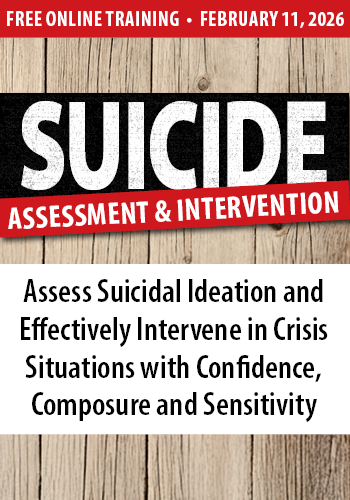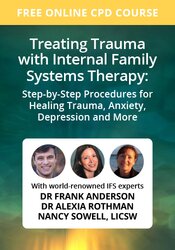Enrol in an online course today for flexible, self-paced learning—no fixed schedule required. Plus, enjoy lifetime access to course materials for convenient revisiting.
Working with Avoidant Attachment: Affect Regulation and Mourning

In previous blogs I’ve introduced ideas and observations about avoidant / dismissing individuals, their relationships with other people and with themselves – their inner worlds – and how they present in therapy. The next few will focus on the aims of therapy with these clients from an attachment perspective. By definition, an ‘avoidant’ client is insecure, so the overall aim is to help them become more secure. Attachment theory and research have given us an understanding of what needs to change to make this possible, and we need to find ways of working, both face-to-face and online, that facilitate these changes.
- Affect regulation:
- Avoidant individuals discover early in life how to numb emotional pain – their emotional spectrum comes in pale hues rather than vibrant, intense shades. They may have invested all their energies in cognitive left-brain development as a compensation for ‘right-brain’ feelings (and been rewarded for being precociously clever and ‘good’ – and for hiding any inconvenient age-appropriate need or distress). Many are almost alexithymic in their relationship with emotions. Therapy needs to help these clients access their feelings, give names and appropriate weight to feeling states (“You tell me you feel irritated but it looks to me like you’re furious;” “You describe feeling unhappy yet I sense you are utterly devastated…”)
- Attunement and countertransference are vital in picking up disavowed feelings. It can be helpful to draw attention to this as a source of information for clients (“I feel my eyes well up with tears when you’re talking about…;” “I notice how my stomach has been churning with you here today and I wonder what it’s trying to tell us about what’s going on under the surface for you…”)
- Keep interventions simple and powerful. It’s important to avoid being too ‘heady’ with complex sentences during moments of heightened affect – that’s colluding with the client’s defences.
- Accessing emotions and the memories that go with them is painful and – to them – shameful, something they have defended against all their lives. Expect resistance and even acting out. The greater the resistance, the greater the distress they are defending against. In fact, you’ll need to have proved yourself useful and developed a strong therapeutic relationship before focusing too intensely on emotions.
- Remember that affect includes enjoyment, playfulness and laughter as well as rage, grief and despair. Humour is a precious resource to connect with ‘dismissing’ clients.
- Clients need to trust their therapists to tolerate and contain intense ‘shameful’ feelings that can eventually erupt and trust they will ‘put them back together’ before they leave sessions.
- Avoidant people often fear being overwhelmed by their emotions once the flood gates are opened, but having access to a full range of feelings – affect states – counters depression, is energising and enlivening. The realisation that they have needed to deny so much of themselves is one route into mourning.
2. Mourning
- Attachment-informed therapy places great emphasis on the process of mourning, grieving for what was precious but was lost, or what was needed for security but was lacking. Avoidant individuals can so easily minimise their distress: “It didn’t affect me;” “others have it worse;” “all parents smacked their kids in those days…”.
- Some are full of consideration for their caregivers; “She did the best she could but there was no-one to support her and she was depressed...”. That may well be true but it is another defence against pain. The child’s need for security was not met and, often, the client blames him- or herself: “I was a difficult kid, always getting into trouble. It must have been hell for my parents to look after me.” Fairbairn called this the ‘moral defence’.
- Therapists need to help their avoidant clients feel some compassion for themselves as children. This is a start to accepting their imperfections as adults.
When an avoidant client can drop his or her defences and allow deep emotions to emerge, we can experience ‘moments of meeting’ (Stern), moments of intimacy and connection that are truly transformational for individuals who have defended against intimacy most of their lives.


















